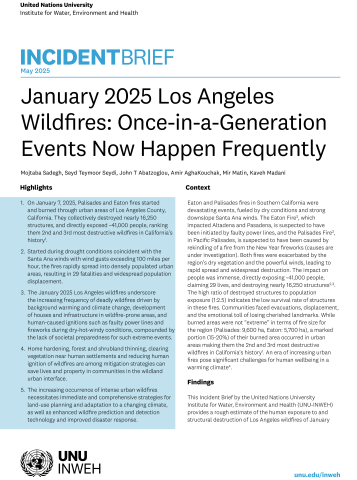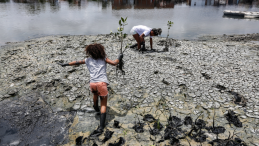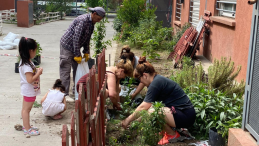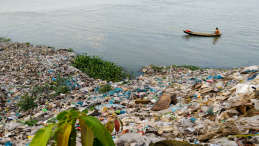UNU-INWEH Incident Brief: Sadegh, M., Seydi, S. T., Abatzoglou, J. T., AghaKouchak, A., Matin, M., Madani, K. (2025). January 2025 Los Angeles Wildfires: Once in-a-Generation Events Now Happen Frequently. United Nations University Institute for Water, Environment and Health (UNU-INWEH), Richmond Hill, Ontario, Canada.
doi: https://doi.org/10.53328/INR25MOS003
Download the report

The Eaton and Palisades fires in Los Angeles, California were devastating, driven by dry vegetation and powerful Santa Ana winds. These two human-started fires rapidly spread through urban areas, exposing around 41,000 people, claiming 29 lives, and destroying nearly 16,250 structures, highlighting a low structural survival rate. These events caused mass evacuations, displacement, and emotional trauma, making them the second and third most destructive wildfires in California’s history. They underscore the rising threat of urban wildfires in a warming climate.
Dry, hot, and windy conditions create the perfect environment for megafires, but it is human failure to address fire risks that transform these conditions into disasters. The Los Angeles fires were fueled by abundant vegetation from a wet period, followed by a dry, hot summer and fall, which extended the flammable vegetation into the time when strong downslope winds intensified the danger behavior. However, human development in high-risk areas, neglecting to reduce fire hazards around communities, failing to fireproof homes, and human ignitions were also critical factors that helped turn these hazardous conditions into a devastating disaster.
The UNU-INWEH incident brief emphasizes the need for a multifaceted approach to reducing wildfire risks for human communities, requiring collaboration among federal and local governments, nongovernmental organizations, and residents. It underscores the importance of wildfire prevention—particularly given that many destructive fires are human-caused—and calls for investments in large-scale home hardening, fuel and vegetation reduction around vulnerable areas, and stronger stakeholder collaboration. It also highlights the need to leverage advanced technology for improved fire prediction and response, adopt stricter land-use planning and zoning in high-risk areas, and enhance overall disaster preparedness and response efforts.




